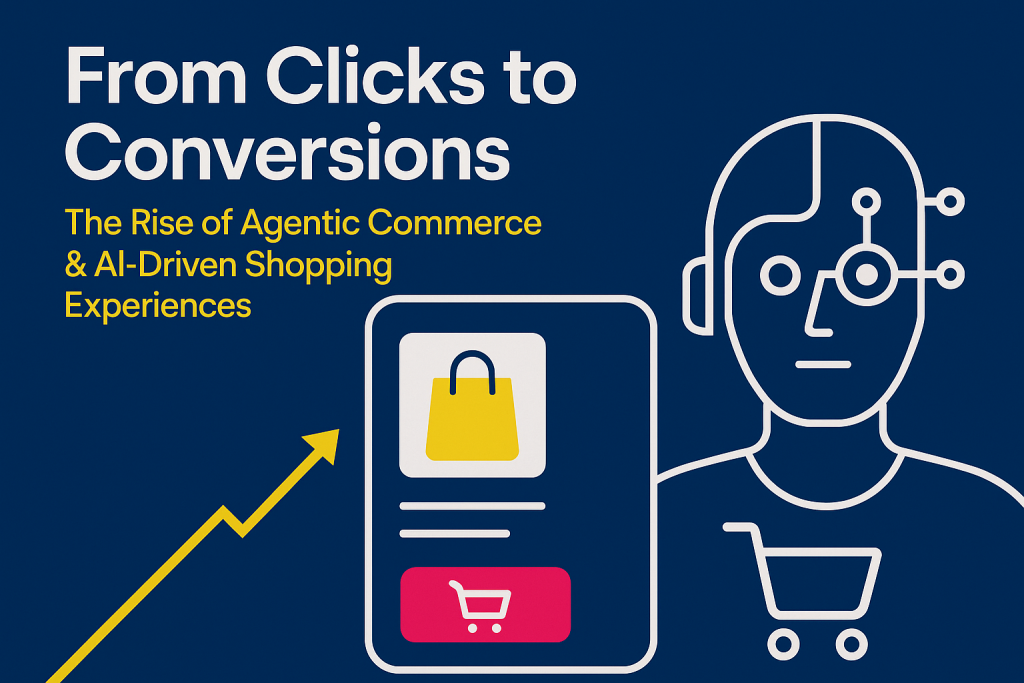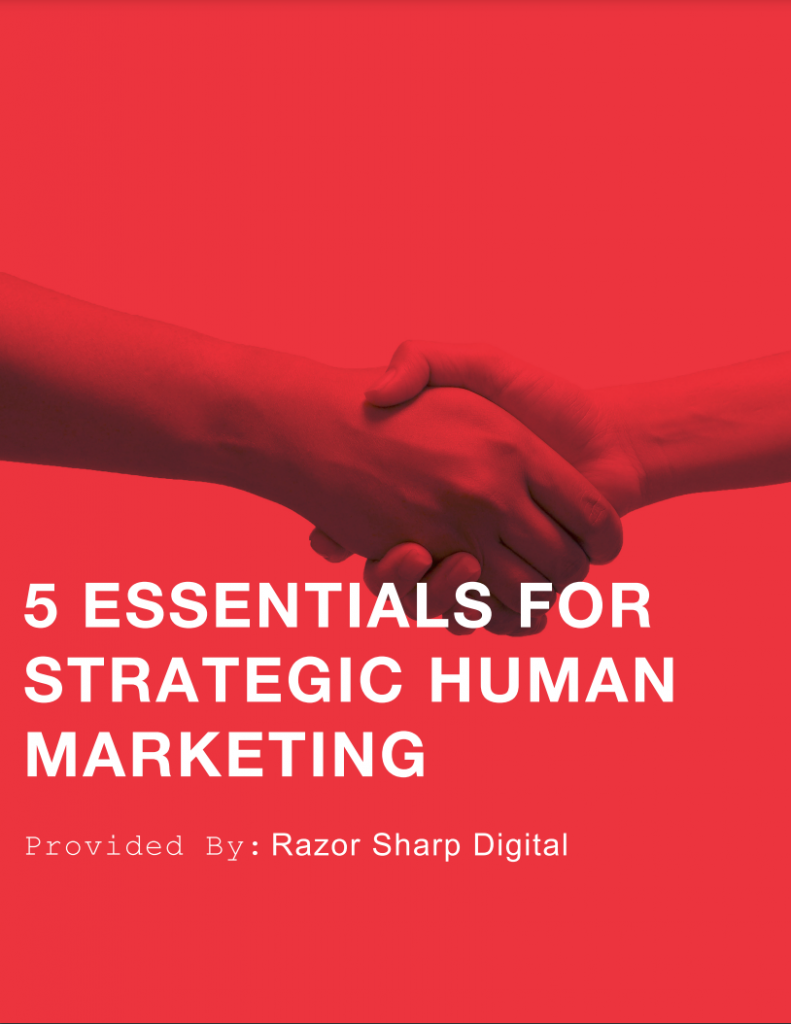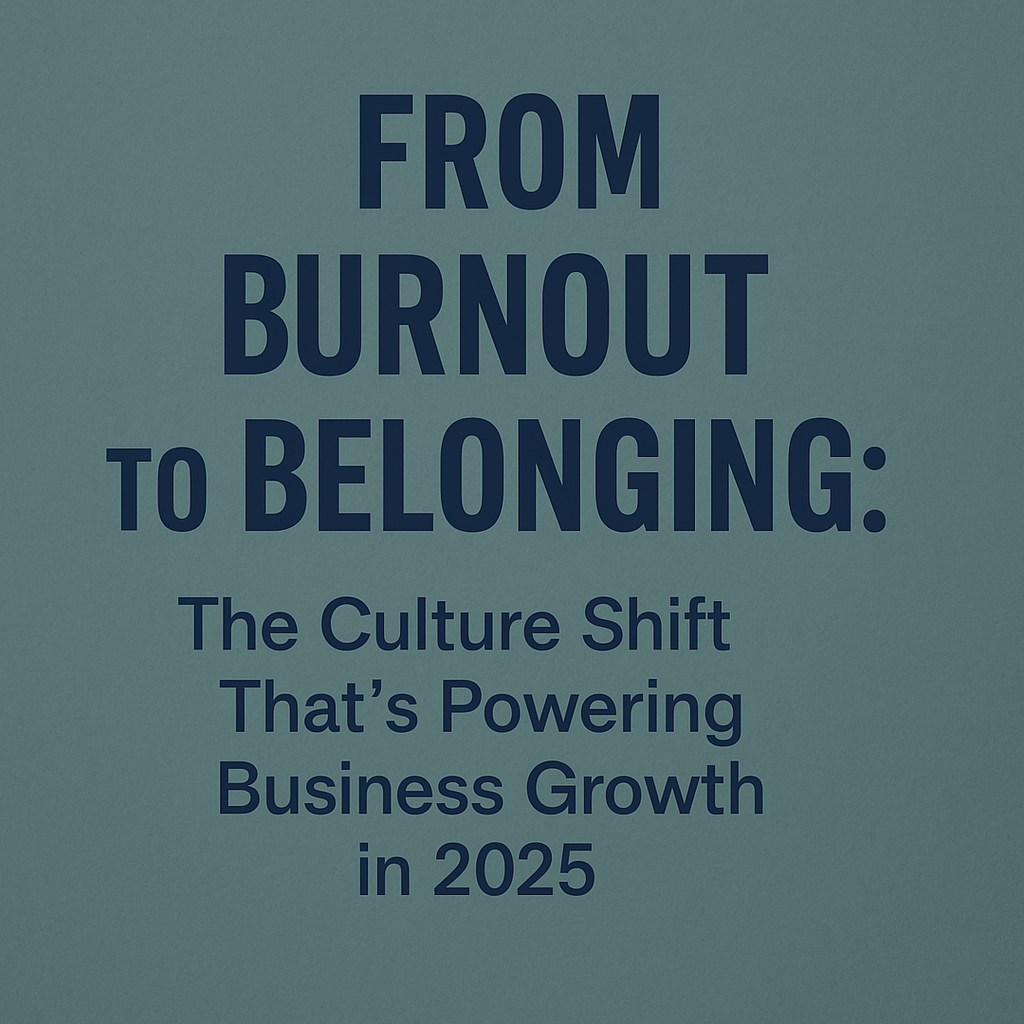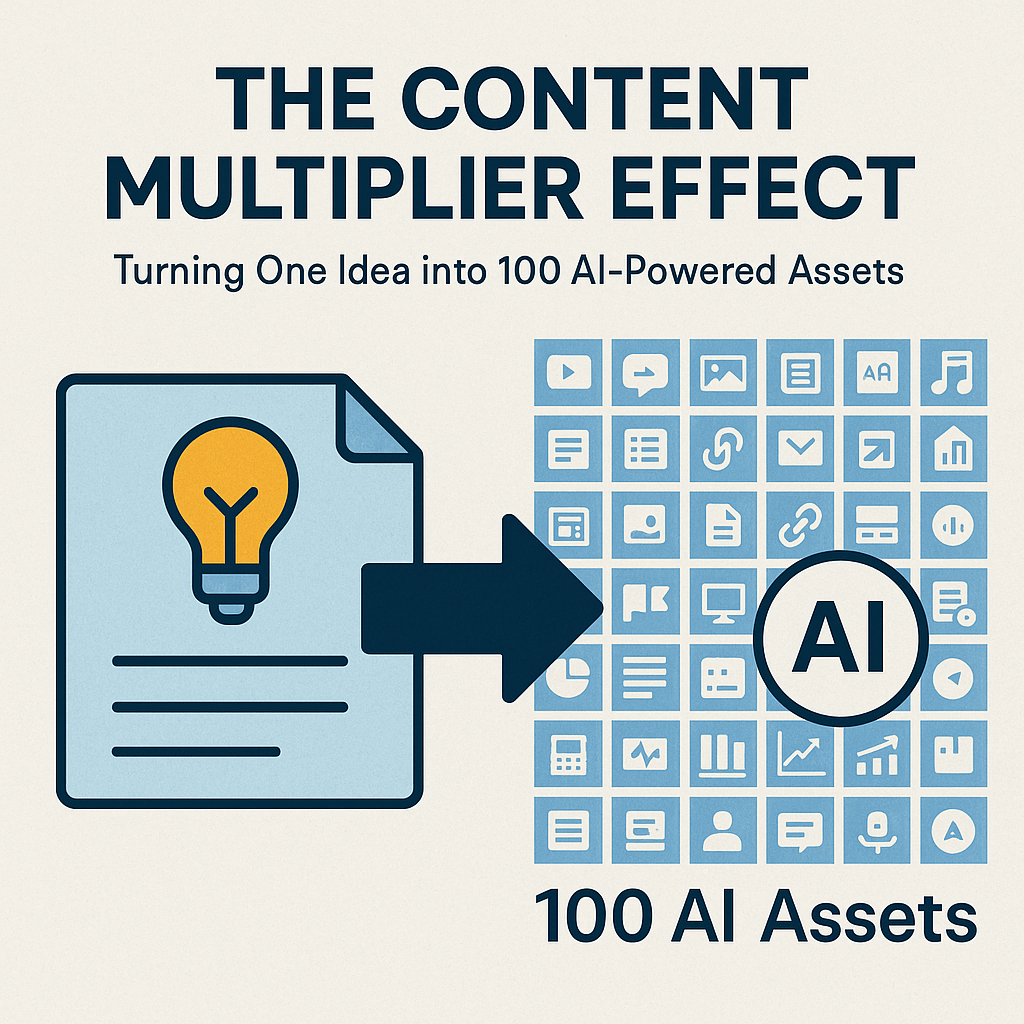Let’s break down what’s going on, why it matters, how companies are shifting, and what you (as a marketer, retailer, or brand strategist) should be thinking about right now.
1. What is Agentic Commerce?
The term may sound futuristic, but it’s already taking shape in real-time. According to Salesforce, agentic commerce is when autonomous AI agents perform tasks on behalf of users or businesses—such as finding products, comparing options, negotiating, and completing purchases—without continuous human input. Salesforce+2CIO+2
In simpler terms: your shopping doesn’t end with you clicking “Buy.” Instead, you tell an assistant or agent your goal (“I need a new running shoe under $150”), and the AI agent does the heavy lifting—from research to selection to checkout.
Why is this different from traditional e-commerce with AI tools (recommendation engines, chatbots)? The key lies in agency:
Traditional AI = offers predictions or suggestions (e.g., “You might like this based on your history”).
Agentic AI = initiates actions and executes them, effectively operating on behalf of the consumer (or business) toward a defined goal. Salesforce+1
The agent isn’t just reactive—it’s proactive, decision-oriented, and increasingly autonomous.
Many industry observers call this the “third wave” of commerce:
In effect, the user says: “Handle this for me,” and the agent says: “Here’s the solution, done.”
2. Why It’s a Big Deal: The Shift from Clicks to Conversions
From browsing to instantaneous action
With a traditional e-commerce funnel, there are many steps: discover → browse → compare → decide → checkout → conversion. Each step is a chance for drop-off. Agentic commerce collapses or automates many of those steps.
For example, in the model outlined by Kantar, there are four levels of agentic AI shopping:
Discovery & research
Intelligent find & compare
Seamless buy & execute
Post-purchase experiences (automated management) Kantar
When you reach level 3, the shopper may never land on your website—they rely entirely on an agent to do the work, from selection to purchase.
Higher conversion potential, lower friction
By reducing friction (fewer clicks, fewer decisions, fewer forms), agentic commerce can boost conversion rates. One study estimated a drop in abandonment when AI agents handle checkout. edgardunn.com+1
Better: Personalized, proactive assistance builds confidence. As noted by Bluecore: “Agentic AI … helps move both casual browsers and dedicated shoppers to their end goal much faster” and gives them the “confidence to make a purchase.” Bluecore
Brands & retailers must speak the machine’s language
Here’s a big insight: When human shoppers operate via agents, brands may no longer appeal to humans first—they need to appeal to machines (agents)—by way of clean data, APIs, structured content, and readiness to integrate. From the Checkout.com blog:
“If your product doesn’t meet these criteria, it could be excluded. … The customer is no longer the operator; the customer operates an agent.” Checkout.com
In short, your product’s discoverability may hinge on how well your systems talk to the agent, rather than how flashy your ad is.
A new kind of loyalty and relationship
When agents are doing the shopping, the relationship dynamic changes. Instead of “I’ll go to Brand X because I like it,” it becomes “My agent picked Brand X for me because it trusted the data.” If you manage to embed your brand into that agent’s decision-set (via high-quality data, trust signals, reliability), you can achieve a kind of machine-level brand affinity.
3. Key Technologies & Infrastructure Behind the Scenes
Agentic commerce isn’t magic—it relies on technology stacks, data readiness, and integration. Key components include:
Autonomous decision-making systems
According to Salesforce, agentic AI relies on machine learning, natural language processing, reinforcement learning, decision-making algorithms, and feedback loops. Salesforce+1
These agents perceive context (user preferences, past behaviour), set goals (buy best laptop under $1000), execute tasks (research, compare, checkout), and learn over time.
Structured data, APIs, payment infrastructure
For the agent to shop, it needs access to rich, machine-readable data: product catalogs, pricing, inventory, availability, merchant APIs. As noted:
“Retailers must adapt their strategies to communicate effectively with AI agents rather than human customers.” admetrics.io
Furthermore, payment and checkout must support agent-initiated transactions. Payment networks are already developing protocols—Stripe has announced an open standard for agentic commerce, and card networks like Visa and Mastercard are building supports for tokenisation and agent-driven checkout flows. Stripe+1
Trust, security, and governance
As the agent gets more power (e.g., making purchases on behalf of users), risks emerge: fraud, data abuse, errors, bias. Retailers and payment providers must build trust platforms that can differentiate good agents from bad ones. Ecommerce Times
Continuous learning & optimization
These agents operate in dynamic contexts (new products, changing user preferences, shifting inventory). They must learn, adapt, and optimise. As Bluecore states: “Agents can produce new streams of data … and help retailers become more efficient.” Bluecore
4. Real-World Examples & Emerging Use Cases
Here are some examples of how agentic commerce and AI-driven shopping experiences are already being deployed:
Conversational shopping & instant checkout
OpenAI’s integration of purchase capabilities within chat ecosystems (e.g., via ChatGPT) shows how a shopper can interact in natural language and complete purchases. TechCrunch+1
Autonomous product discovery and selection
Large-scale retailers like Amazon with “Buy for Me” style features are strategically positioning for agentic commerce. Coveo+1
Automated pricing and merchandising
Agentic AI is not just for the ‘front-end’ shopping experience. In retail operations, it’s also optimizing inventory, pricing, staffing, and logistics. Salesforce summarises:
“Agentic AI in retail automates merchandising, pricing, and support, enabling real-time insights, faster decisions, and sales growth.” Salesforce
Full life-cycle shopping
From “I need a gift by Friday” to “Here’s the item, purchased, shipped, tracked, gift-wrapped” — agents can manage the entire workflow end to end. Mirakl describes a “shopping agent” capable of discovery, comparison, and purchase. Mirakl
5. Implications for Brands & Marketers: What You Should Do
This shift represents both challenge and opportunity. Here are actionable take-aways for brands and marketers:
1. Prepare for a machine-first discovery world
In a world where AI agents initiate shopping journeys, you must ensure your brand, products, and systems are agent-friendly.
Make sure your product data is structured, up-to‐date, and accessible via APIs or feeds.
Ensure your brand shows up in places where agents search—and that your data presents trust signals (reviews, availability, so-called “machine readable” metadata).
Reevaluate your marketing funnel: fewer clicks may occur, so move beyond purely human-centred touchpoints. (E.g., rich structured product content, strong schema markup, clear attributes.)
2. Map the agentic buyer’s journey
Understand how a shopper might delegate to an agent:
Research & discovery: The agent learns the user’s preferences.
Decision & comparison: The agent weighs options, uses your data.
Purchase & execution: The agent completes checkout.
Brands need to align interventions at each stage: from making sure your product appears in the agent’s shortlist, to optimising for conversion when the agent is ready to buy.
3. Focus on trust & transparency
Agents will prioritise brands they trust. That means:
Clear and accurate data
Reliable inventory and delivery promises
Transparent policies
Strong brand reputation
If the agent perceives risk or unreliability, your brand may be bypassed.
4. Operational readiness
Because the agentic model often removes traditional site traffic, brands need to be ready for:
Lower direct human sessions, meaning less ad click-path attribution and more backend measurement.
More API/agent traffic.
Payment/checkout flows optimised for agent-initiated purchases.
Handling order flows where the human customer may not interact directly in the buying moment.
5. Blend human & agent experiences
Not every shopping experience will (or should) be fully agentic. For high-involvement products, brand storytelling and human interaction still matter.
As Salesforce said:
“Not every interaction should be automated. … The best experiences blend digital efficiency with a distinctly human feel.” Salesforce
So consider where you retain human touch (luxury, consultative sales) and where you automate (routine purchases, replenishment).
6. Challenges & Risks to Navigate
Of course, this future comes with caveats. Some of the key issues:
Data maturity
Many brands and retailers still struggle with data silos, incomplete product catalogues, or inconsistent metadata. Agents depend on structured, accessible data. Bluecore notes that agentic AI “can begin before their big data projects are finished,” which is encouraging—but you still need a baseline. Bluecore
Trust and security
The more autonomous agents become, the more risk for misuse (fraud, bots, impersonation). Payment networks and platforms are actively creating secure frameworks. For instance, Stripe’s article on an open standard and trust protocols for agent-initiated commerce. Stripe
Brand visibility and differentiation
When shopping is done via agents, the traditional brand touchpoints (homepage, hero banner, ad creative) may shrink. There’s a risk that brands become invisible unless they invest in agent-accessible presence (data feeds, APIs, structured markup). As Checkout.com blog warns:
“What matters isn’t your message – it’s whether your machine speaks the right language.” Checkout.com
Ethical, regulatory & consumer-trust issues
Autonomous shopping raises questions:
Who is accountable if an agent makes a “bad” purchase?
How transparent is the agent’s decision-making?
How do you ensure fairness and prevent bias in recommendations?
Salesforce flags these ethical considerations in the agentic commerce domain. Salesforce
Human experience loss
If everything is automated, there’s potential for the shopping experience to become impersonal or gamified. Brands must balance efficiency with delight, human-centricity with automation.
7. The Future Outlook: What Comes Next
Looking ahead, what does the world of agentic commerce and AI-driven shopping look like?
A world where agents do the heavy lifting
According to Bain Capital Ventures, we are in the early days of the era where “intelligent agents will be operating on each consumer’s behalf.” Bain Capital Ventures
Every purchase might be agent-mediated
As described in the Kantar “four-level” model, an increasing share of purchases may occur wholly through agents—from discovery to buy. Kantar
New commerce participants & business models
Agents open up new intermediaries: shopping agent platforms, agent-friendly merchant networks, payment protocols optimised for agent-initiated flows. More vendors are emerging: see “Top 15 agentic AI vendors for e-commerce”. Hypotenuse AI
Personalisation at scale
Because agents learn the individual’s preferences and act on them, brands will need to support hyper-personalised “set-it-and-forget-it” shopping flows (e.g., subscription replenishment, gift buying, autonomous decisioning).
Operational and backend automation
Beyond the front-end, retail operations are shifting: inventory redistributions, dynamic pricing, staffing optimisation—all via agentic systems. Salesforce covers this shift. Salesforce
The importance of machine readability
Because agents “shop” using data rather than humans browsing pages, brands that invest early in machine-readable content, product taxonomies, trusted APIs, and integration will gain competitive advantage.
8. How to Get Started: A Practical Roadmap
Here’s a practical roadmap for brands wanting to ride the wave of agentic commerce and AI-driven shopping experiences:
Step 1: Audit your product data and infrastructure
Check whether your product catalogues are complete, structured, and accessible (e.g., via API or feed).
Ensure attributes like price, inventory, shipping, reviews, and metadata (brand, category, tags) are machine-readable.
Evaluate your checkout/payment capabilities for agent-initiated flows—tokenisation, digital wallets, fraud checks.
Step 2: Map the agent’s journey
Identify where your product might appear in an agentic flow: research → selection → purchase.
Determine what your brand needs to provide at each stage (data, content, trust signals).
Consider how your brand will be “found” by an agent versus a human searcher.
Step 3: Optimise for machine discoverability
Use schema markup and structured data on your site and product pages.
Ensure your brand is discoverable via APIs, marketplaces, chat interfaces, and integrations.
Build high-quality, trust-building content (reviews, ratings, authenticity)—agents will evaluate trust signals too.
Step 4: Adapt marketing and conversion strategies
Because human clicks may decline, shift focus from just “landing page conversions” to “agent conversion readiness.”
Track new KPIs: agent-initiated visits, API product lookups, conversion from conversational interfaces.
Adapt your value proposition: “My brand is confident enough to let an AI agent choose for you.”
Step 5: Blend automation with human experience
Determine where human interaction is critical (luxury, consultative, high-ticket items) and where automation works (replenishment, low-involvement goods).
Invest in hybrid experiences: e.g., agent proposes three options, human customer picks one; human customer starts a request and agent completes the rest.
Monitor customer feedback: Does the agentic experience feel too cold? Ensure human brand voice and personalisation remain.
Step 6: Monitor ethical, security and compliance risks
Define governance around agentic decisions—what can the agent decide versus what needs human approval?
Build transparency: customers should know when an agent is acting, and how.
Check data privacy, consent, bias, and fraud risks—especially for agent-initiated payments or comparisons.
9. Final Thoughts
We are witnessing a pivotal moment in the evolution of online commerce. The era of “clicks” is giving way to the era of “conversions powered by autonomous agents.” Brands that treat this as a mere incremental upgrade will be left behind. Instead, they need to view it as a fundamental shift: where machines decide the shortlist, agents execute, and humans delight in the outcome.
Agentic commerce isn’t designed to replace human choice—it’s meant to amplify it, streamline it, and make purchasing more seamless. But for brands, this means adapting to a world where shoppers delegate their decision-making. Your data becomes your interface, your trust signals become your storefront, and your ability to integrate with agents becomes your competitive moat.
The winners in the next phase of e-commerce will be those who recognise that the buyer is no longer always a person in front of the screen—it might be a machine acting in their stead. So invest now in your data architecture, your agent-ready integration, and your machine-friendly visibility. The clicks will still matter—but what really counts is whether those clicks convert when an agent holds the cursor.










